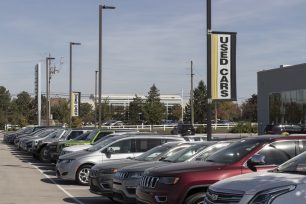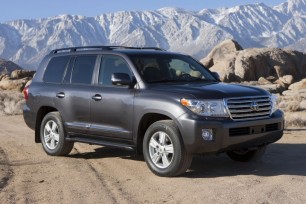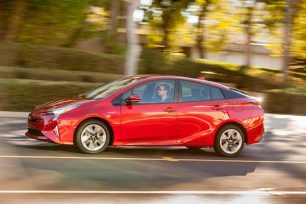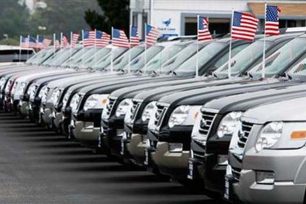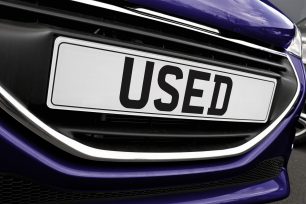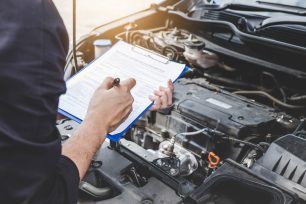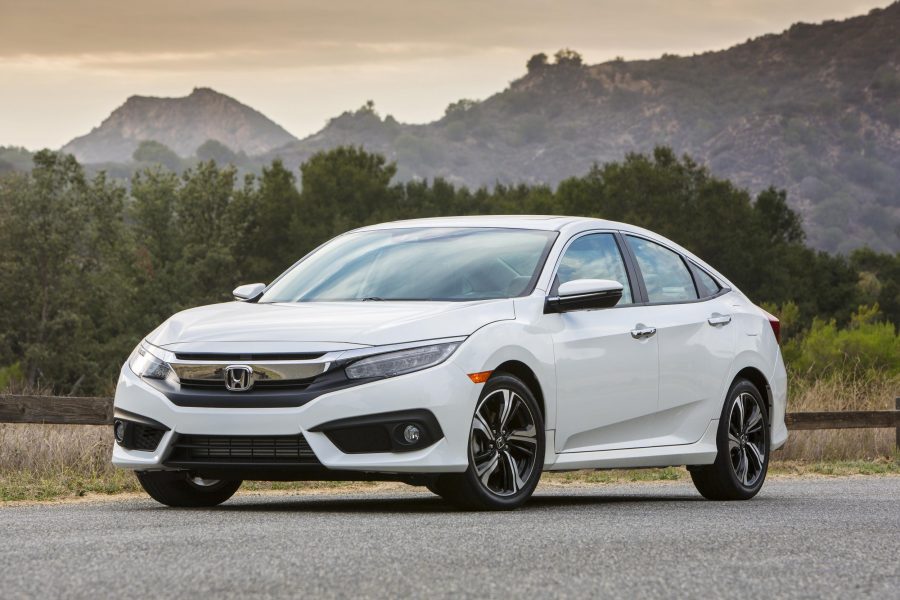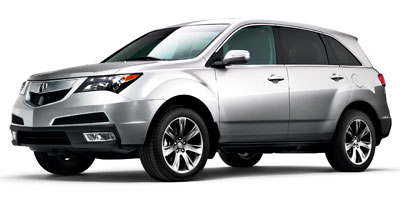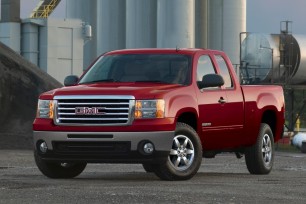Replacing your vehicle’s brakes is one of those unfortunate events that can’t be put off for very long. In safety terms, it’s the most important area of your car, and a delay in repairs could mean a major delay in stopping power. (That’s never a good thing!) It’s important to keep up-to-date on the current cost of this unavoidable expense so that you have enough set aside to avoid delaying the repairs.
There are a few factors to consider before you can narrow the numbers down to a reasonable range. First off, you’ll need to know whether or not your vehicle has four-wheel disc brakes or if it has a front-disc/rear-drum setup. This doesn’t make much price difference when you’re having the front brakes worked on, but it does make a huge difference if you happen to be replacing the rear. This leads us to the first question we need to ask ourselves:
What exactly is replaced?
In a standard disc-brake repair (which is the front brake style for nearly 100% of all cars on the road today) you’ll be replacing only the brake pads and the rotors. There was a time, not so long ago, when repair facilities would simply machine the rotors instead of replacing them. Fortunately, the price of rotors has declined over the years, so most shops simply replace them with the pads. Keep in mind, this is the repair you’ll face most of the time. If you’re going to a local repair facility you can expect to pay somewhere in the range of $150 to $200 for replacement of the pads and rotors, on average. Nearly half of this cost is in parts, so you may want to consider that if you’re a do-it-yourselfer. This will fluctuate if you choose to go with higher quality parts, which leads us to our next question:
Is there a difference in parts?
In a word, yes. Most standard brakes are made of a semi-metallic friction material. Though many are now coming standard with the ceramic pads, which are typically more expensive, the semi-metallics are still very popular. There are ceramic applications for vehicles that wish to upgrade from the stock semi-metallics, but it will raise the price of the brake job slightly. In all honesty, the additional price you’ll pay for ceramic pads is truly worth it. It typically won’t raise the price of the job more than $40-$75 on average (prices will vary by vehicle year, make, and model). As for the name brand, that’s more of a personal preference, as some people have had better luck with different brands; however, most repair facilities or parts professionals can steer you in the right direction here.
What if I’m doing the back brakes, are they the same price?
In a perfect world, sure they are. Unfortunately, our world is festooned with imperfections, and higher prices for rear brakes just happens to be one of them. If you have rear disc brakes, this repair (with just the standard pad/rotor replacement) will run $25-$75 higher than the front brake repair, on average. If you have a vehicle that possesses a rear drum braking system, then you’ll most likely be replacing the brake shoes, rear brake hardware, and perhaps the brake drums (some shops do still machine brake drums). This repair is slightly more labor-intensive than disc brakes, so the labor time goes up a bit here. Rear drum brake jobs are normally in the area of $250-$350, on average. Any other parts that may need replaced in a brake job are normally outside the realm of normal repair, meaning something wore out that doesn’t usually do so. Which leaves us with our last question:
What else could I end up needing to replace?
If you’re leaking brake fluid (and this is never a good thing either), you’re probably going to end up replacing hydraulic parts, which could include brake calipers, wheel cylinders, brake hoses, steel brake lines, proportioning valves, and the brake master cylinder. These are all objects that aren’t normally needed in a routine brake repair, and if you need to replace all of them, it may just be time for a new car. With parts and labor for everything, the entire repair could eclipse the $1,000 mark. Thankfully, 80-90% of the time, you’ll be closer to the $200 range, unless you find a reputable shop with a great deal. Also keep in mind that the hydraulic parts don’t typically fail all at once, so you can breath a little easier there. If you’re leaking fluid, it could be something as simple as a $25 hose; but it’s important to get to a shop and have it looked at if you are.
Should I go aftermarket or factory?
Brakes are one of the areas of your vehicle that you can go aftermarket and feel safe. There are several brake manufacturers that sell aftermarket and are rated as well as, or better than, factory performance.
How long does it take?
If you're getting front brakes done, you can look at roughly an hour or so at the shop, unless you require more than the standard pad/rotor replacement. If you're getting rear brakes, look closer to two-to-three hours. Remember to shop online for deals as most of your local repair facilities are joining the computer age with websites.
(Please remember that these repair prices can also fluctuate based on geographic location, and that these numbers represent averages, not actual prices offered at any specific repair facilities.)















